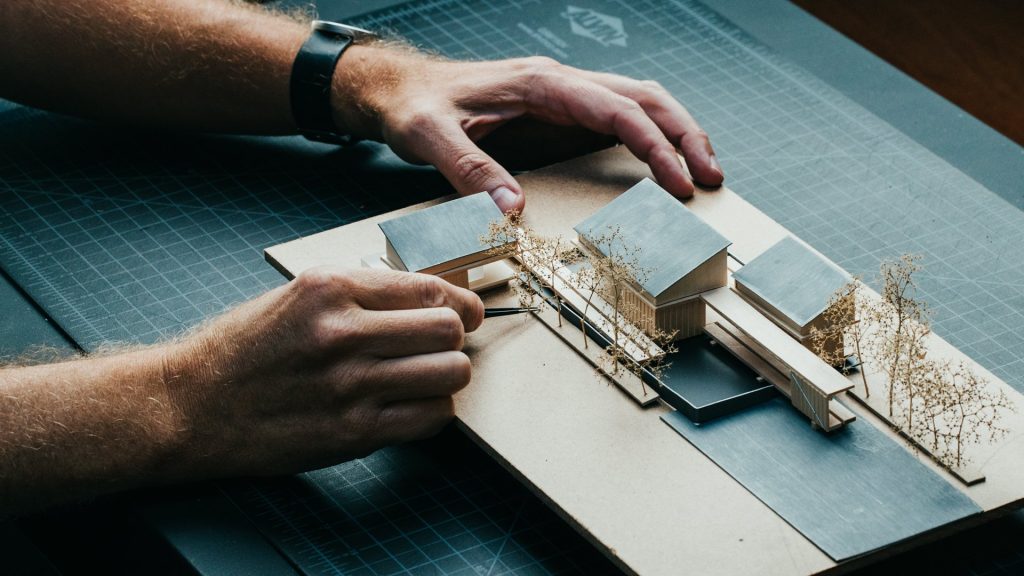
The Importance of an Architectural Model Maker in Modern Design
In the world of architecture and construction, the role of an architectural model maker cannot be overstated. These professionals bridge the gap between abstract design concepts and tangible reality. By crafting physical representations of architectural ideas, they provide designers, clients, and builders with a clearer vision of what a final project will look like. The Architectural model maker takes blueprints and 3D renderings and transforms them into miniature structures that accurately showcase every essential element.
Combining Artistry and Engineering
What sets an architectural model maker apart is their unique ability to blend technical precision with creative flair. Every model they produce must be dimensionally accurate, adhering closely to the architect’s vision. But it’s not enough to simply be precise. These models must also capture the aesthetic and emotional qualities of the design. That means working with color palettes, textures, and materials to evoke the intended atmosphere of the space. A skilled architectural model maker treats every project as a work of art, bringing both left-brain logic and right-brain creativity to the table.
The Tools and Techniques of a Modern Architectural Model Maker
Today’s architectural model maker has access to a vast array of tools that make their work more efficient and visually stunning. Traditional hand tools like scalpels, tweezers, and glue guns are still essential, but they are now complemented by advanced technology such as laser cutters, CNC machines, and 3D printers. These tools allow for greater precision and speed, enabling the model maker to produce highly detailed miniatures in a fraction of the time it once took. Despite the presence of these machines, the human touch remains vital. The architectural model maker must know how to assemble, finish, and present the final model with finesse and care.
Architectural Models in Project Planning
An architectural model maker plays a key role in project planning and presentation. These models are used in stakeholder meetings, zoning boards, and public consultations. They provide a realistic glimpse of how a proposed building will fit into its surroundings, helping decision-makers understand the project’s full impact. The architectural model maker ensures that every relevant detail—from street layout to landscape elements—is included. These models can also be used for internal planning, helping architects and contractors spot potential design flaws or logistical issues before construction begins.
Enhancing Client Communication Through Models
One of the greatest advantages of hiring an architectural model maker is improved communication with clients. Many clients struggle to interpret 2D drawings or digital renderings. A physical model, on the other hand, allows them to see and feel the design. It eliminates confusion and boosts confidence in the project. The architectural model maker thus becomes an essential link in the communication chain, translating complex plans into accessible, understandable visuals. This results in more informed decisions and better client satisfaction.
Types of Models Created by Architectural Model Makers
There are several types of models an architectural model maker might produce depending on the needs of the project. Conceptual models are often created early in the design phase to explore ideas and shapes. Presentation models are highly detailed and polished, designed to impress clients and investors. Working models are used by the design and construction team to test ideas and solve problems. Urban planning models may include entire neighborhoods or cities, showing how new developments fit into a larger context. In all cases, the architectural model maker tailors their approach to the specific purpose of the model.
Materials Used in Architectural Modeling
The choice of materials is crucial in the modeling process. An architectural model maker selects materials based on the scale, detail, and purpose of the model. Common materials include foam board, acrylic, wood, plastic, and paper. For high-end presentation models, materials like brass, resin, or even glass may be used. Each material behaves differently, and it takes skill and experience to know how to work with them effectively. The architectural model maker understands the pros and cons of each material and how to use them to achieve the desired visual and functional outcomes.
Architectural Models in Education and Marketing
Beyond the construction industry, architectural model makers also contribute to education and marketing. Architecture students often rely on model makers to help them bring their academic projects to life. Meanwhile, developers and real estate firms use models to promote properties to investors and buyers. In these contexts, the work of an architectural model maker serves as a powerful storytelling tool. A well-crafted model can evoke emotion, create excitement, and generate interest in a project long before it breaks ground.
The Future of Architectural Model Making
As technology continues to evolve, the role of the architectural model maker is also changing. Virtual reality (VR) and augmented reality (AR) are becoming more common in the design process. However, physical models remain irreplaceable in many contexts. There’s something uniquely impactful about being able to touch and view a model from all angles. The best architectural model makers are those who embrace new technology while preserving traditional craftsmanship. They understand that the future lies in integration—using digital tools to enhance, not replace, the physical modeling process.
Why Choose a Professional Architectural Model Maker?
Working with a professional architectural model maker ensures that your project gets the attention to detail it deserves. These experts bring years of experience, technical know-how, and artistic skill to every model they create. Whether you’re planning a skyscraper, a residential development, or a public building, having a detailed model can make all the difference. A professional architectural model maker doesn’t just build models—they help build understanding, excitement, and trust.
Conclusion: The Art and Science of the Architectural Model Maker
In a world where digital renderings dominate, the architectural model maker continues to prove their value through the creation of physical masterpieces. They blend precision and artistic detail to deliver models that inspire, educate, and inform. From early-stage concept designs to polished presentation pieces, the architectural model remains an essential tool in the design and construction industry. And at the heart of it all is the architectural model maker—a master of both form and function, art and engineering.
By appreciating the craftsmanship and purpose behind architectural modeling, we can better understand how vital these professionals are to the built environment. The next time you see a miniature cityscape or a detailed building model, remember that behind it stands a dedicated architectural model maker, skillfully bringing visions to life.



